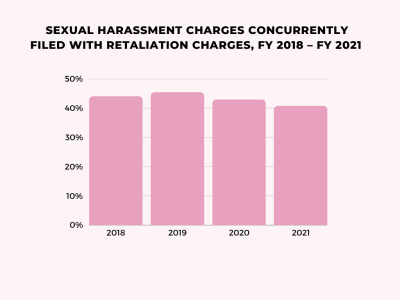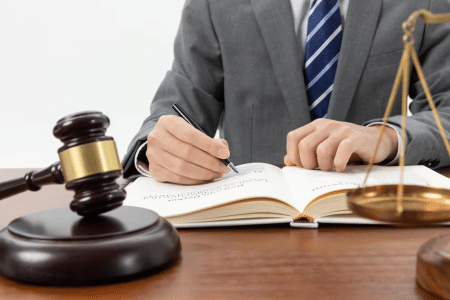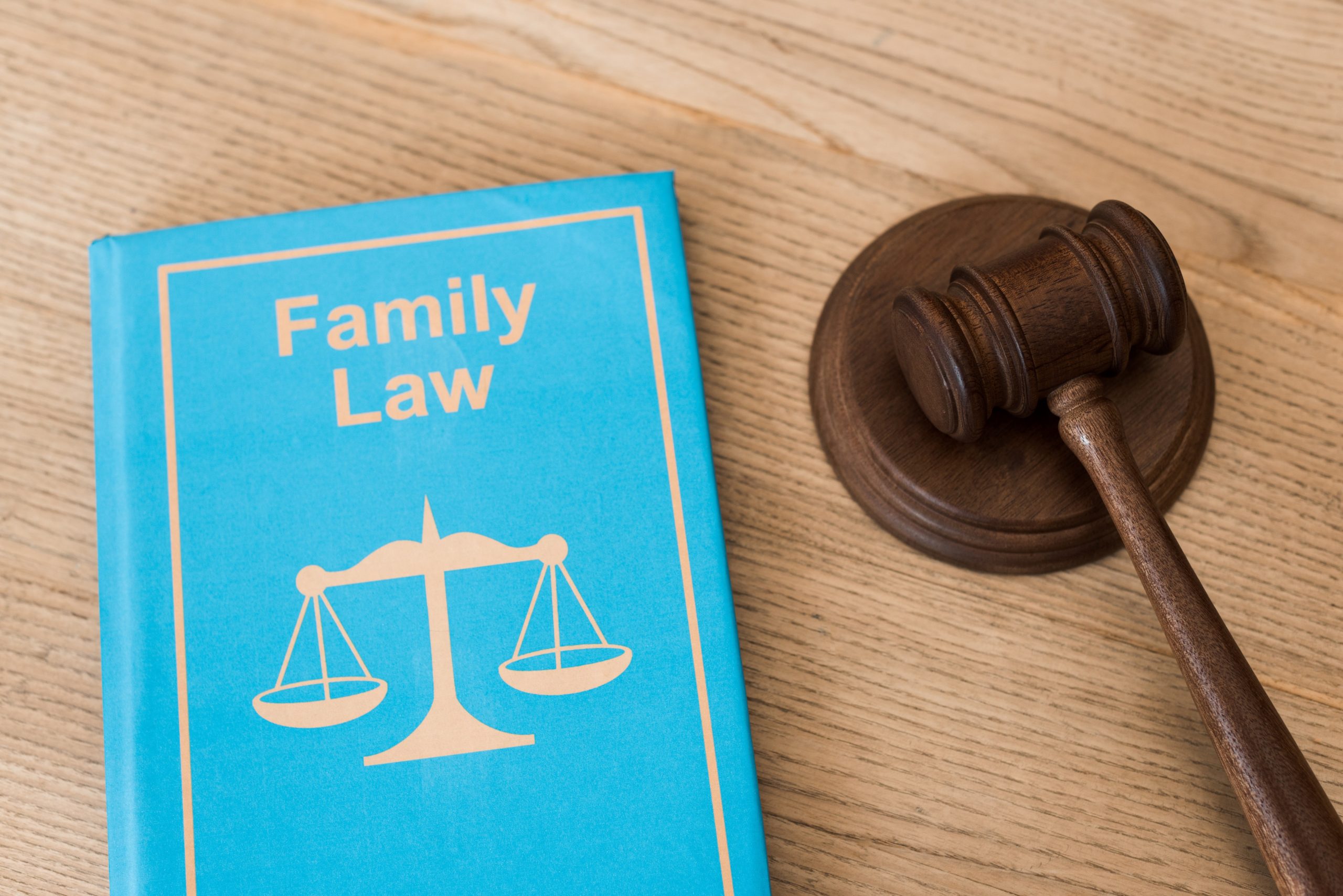In our increasingly virtual domain, having a strong online presence is crucial for businesses in every field, including the legal profession.
With more people using search engines to find legal advice and services, it’s essential for lawyers to understand and utilize Search Engine Optimization (SEO).
This guide aims to provide clear and actionable SEO strategies and techniques. We’ll help you enhance your law firm’s online visibility, ensuring that potential clients find your expertise exactly when they need it.
Let’s explore how to effectively use SEO to elevate your legal practice in the digital arena.
Understanding the Importance of SEO for Lawyers
Grasping the significance of SEO is key for lawyers and law firms looking to make their mark in the digital space. Here’s why it matters:
- At its core, SEO involves fine-tuning your website and online content to climb higher in search engine rankings on platforms like Google and Bing.
- A higher ranking means greater visibility when potential clients are online, searching for legal services.
- This improved online presence not only attracts more inquiries but can also translate into an increased client base for your practice, making SEO an invaluable tool in your digital arsenal.
Incorporating comprehensive SEO strategies, including specialized approaches like personal injury SEO or criminal lawyer SEO, is vital for connecting with the right clients and solidifying your online standing.
10 Revolutionary Digital Marketing Strategies for Lawyers
For professionals in any field, including lawyers and law firms, carving out a solid presence online is more important than ever.
It is crucial for legal experts to not only grasp the basics of digital marketing but to actively apply these strategies effectively.
It’s about ensuring that when potential clients are searching, they find you, understand your expertise, and choose your services.
1. Build an Informative and User-Friendly Website
Think of your website as the digital face of your law firm. It’s essential that it’s not only informative but also easy for visitors to navigate. A user-friendly experience is key. Here are a couple of ways to make your website work for you:
- SEO Optimization: Start by identifying keywords that resonate with your legal specialties. Weaving these keywords into your website’s content can significantly boost your visibility in search engine results.
- Regular Content Updates: Keep your website dynamic by regularly posting blog articles on legal topics relevant to your potential clients. This approach doesn’t just boost your SEO; it also establishes you as a trusted source of legal knowledge.
2. Content Marketing: Educate and Engage
Content is the lifeblood of any digital marketing strategy, especially for law firms. It’s how you teach and connect with your audience. To make the most of content marketing, here’s what you should consider:
- Mix Up Your Content: People consume content in different ways, so it’s smart to mix things up. Use a variety of formats like blog posts, articles, videos, and infographics. This variety caters to different preferences and keeps things interesting.
- Focus on Your Audience’s Needs: When creating content, think about what your potential clients might be curious about. Craft your content to answer common legal questions in a straightforward, easy-to-understand way. Offer practical advice and insights that speak directly to their concerns.
3. Utilize SEO to Enhance Visibility
Search Engine Optimization (SEO) is crucial in making your legal services visible online. When done right, SEO can guide potential clients right to your digital doorstep. To harness the power of SEO effectively, here’s what you need to focus on:
- Targeted Keyword Research: Identify key terms related to your legal practice and integrate them into your website content to boost search engine rankings.
- Effective Link Building: Engage in link building for lawyers. Secure links from reputable legal industry websites to enhance credibility and improve SEO performance.
4. Embrace Social Media Engagement
Social media is a fantastic way to reach and engage with potential clients. To make the most of these platforms, it’s important to have a strategic approach:
- Choose the Right Platforms: Be where your potential clients are. Different social media platforms appeal to different age groups and interests. Identify the platforms that align with your client demographics and focus your efforts there.
- Be Engaging and Genuine: Use social media to share useful legal tips, respond to comments, and join relevant conversations. It’s an opportunity to show the more relatable side of your law practice and establish trust with your audience.
5. Email Marketing for Client Nurturing
Email marketing stands out as a key method for sustaining connections with existing clients and nurturing new leads. To effectively leverage email marketing:
- Tailored Communication: Segment your email list for more personalized and relevant messages to different client groups.
- Valuable Content: Keep your practice top-of-mind by regularly sending informative newsletters and legal updates to your subscribers.
6. Online Reviews and Reputation Management
Your online reputation can significantly influence potential clients’ trust in your practice. Here’s how to manage it effectively:
- Encourage Positive Reviews: Ask happy clients to share their experiences on platforms like Google My Business. Responding to all reviews, good or bad, in a professional manner shows you value client feedback.
- Maintain Accurate Directory Listings: Regularly check and update your contact details and practice information on various online directories to ensure consistency and accuracy. This helps clients easily find and contact you.
7. PPC Advertising for Immediate Visibility
Pay-per-click (PPC) advertising is a fast track to visibility in search engine results for targeted keywords. Here’s how to effectively utilize PPC for your law firm:
- Focused Keyword Targeting: Choose keywords that closely align with your legal services. This strategy helps in attracting potential clients who are actively searching for the kind of legal assistance you provide.
- Smart Budgeting: Keep a close eye on your advertising budget to ensure the best possible return on investment. Regularly reviewing and adjusting your PPC campaigns can help optimize spending while maximizing visibility.
8. Video Marketing: Connect Visually
Videos are a compelling way to engage your audience and add a personal touch to your practice. Here’s how to make video marketing work for you:
- Create Educational Content: Produce videos that tackle common legal queries, demystify legal procedures, or highlight client success stories. This not only educates your audience but also showcases your expertise and approachability.
- Leverage Different Platforms: Share your videos on platforms like YouTube, your website, and social media. This not only increases your reach but also allows potential clients to connect with your practice in a more dynamic and personal way.
9. Specialization and Thought Leadership
For lawyers specializing in specific legal areas, becoming a thought leader can significantly enhance your professional profile:
- Provide Niche-Specific Resources: Host webinar workshops or create downloadable materials that focus on your area of specialization. This targeted approach can attract clients specifically looking for your expertise.
- Demonstrate Expertise: Consistently share valuable insights, updates, and resources related to your legal niche. This ongoing effort helps establish your reputation as an authoritative voice in your field, drawing clients who value specialized knowledge.
10. Data-Driven Decision Making
Leveraging data is crucial for enhancing your law firm’s digital marketing efforts. Here’s how to do it effectively:
- Monitor Key Metrics: Keep tabs on your website’s traffic, search rankings, email engagement, and social media activity using analytics tools. This insight helps in fine-tuning your strategies for better engagement and conversion.
- Analyze and Adapt: Focus on conversion rates to identify areas for improvement. Additionally, comparing your strategies and performance with competitors can offer valuable insights for strategic adjustments.
By implementing these comprehensive strategies, you can elevate your legal practice online, connect with potential clients, and establish yourself as a trusted legal expert.
Challenges in Digital Marketing for Lawyers
Lawyers face unique digital marketing challenges due to strict ethical regulations, the need to convey complex legal concepts simply, and intense competition in the online legal services market.
- Uphold Ethical Standards: As a lawyer, it’s crucial to adhere to strict ethical guidelines in your digital marketing. This includes respecting attorney-client confidentiality and adhering to advertising regulations.
- Simplifying Legal Information: Conveying complex legal topics in a clear and accessible manner is key. Strive to simplify legal terms in your digital content without compromising the accuracy of the information.
- Managing Your Online Reputation: Keep a proactive eye on online reviews and directory listings. A well-managed online reputation is critical in maintaining a positive professional image.
- Standing Out Amidst Competition: In a crowded digital space, highlighting your unique expertise and value proposition is essential for differentiation.
- Balancing Time and Resources: Juggling client work with digital marketing can be challenging. Embrace tools for automation and consider delegating tasks to efficiently manage both.
- Establishing Trust and Credibility: Your online presence should reflect professionalism and expertise, which are pivotal in building trust with potential clients.
Addressing these challenges with thoughtful and tailored strategies is key to making a mark in the digital world as a lawyer.
Conclusion
This guide offers legal professionals a practical approach to digital marketing in today’s connected world.
Key steps include enhancing your website for better user experience, crafting content that resonates with your audience, and making the most of social media and email marketing.
It’s also vital to maintain a strong online reputation, utilize targeted PPC advertising for instant visibility, and make informed choices based on data analytics. Focusing on your areas of expertise and positioning yourself as a thought leader can significantly elevate your online profile.
By adopting these strategies, lawyers can effectively engage with potential clients and excel in the digital territory.













